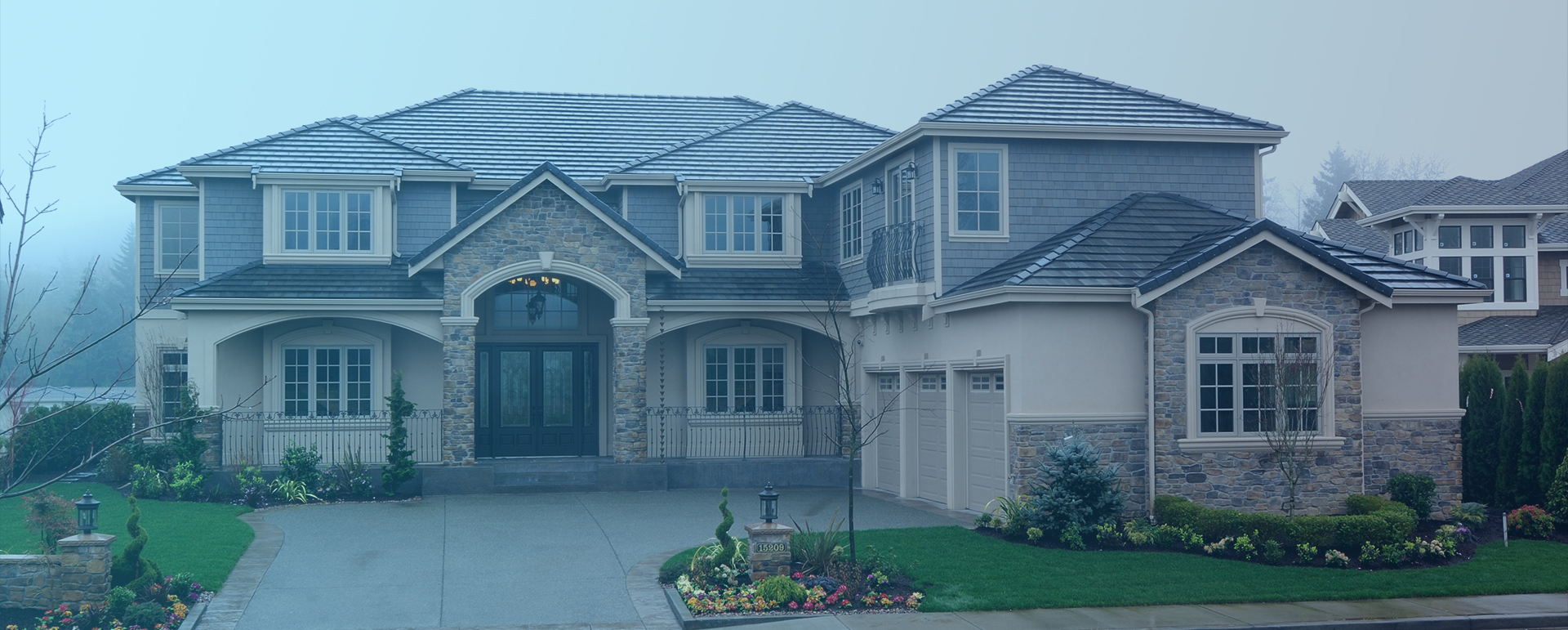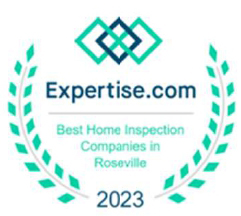Additional Info
Sometimes seeing an actual report helps prospective clients know whether or not they want to utilize our services. For this reason, we included four different inspections on our sample reports page. The first house is a 1960 build, about 1800 square feet in Sacramento. It was dated, but overall in decent shape. The second house was a 7,000 square foot mansion in Auburn complete with an in-law suite separated by the huge garage. It also had a couple custom spas and several fireplaces. It was built to look like a castle and had some unique things going on with it. Our last two samples are in Roseville and both of them had a pool. Both of these are newer builds than the first two homes.
We want to make sure our clients know what to expect from our home inspections. For instance, our reports are written a little differently than the industry standard. The industry standard states the cardinal direction the house is facing (north, south, east, west) and then references all the issues and rooms by cardinal direction (north bedroom, south bathroom, etc.). We usually write our report from the perspective that you are standing on the street facing the house and reference everything by front, back, left and right. We find most of our clients have an easier time understanding our reports that way than using cardinal directions.
For some findings that you definitely would not want in your house, take a look at our Home Inspection Nightmares page. It provides a glimpse into a few homes that are memorable inspections.
Sample Report
Here is a typical sample report . You will notice that:
- The report breaks down the building’s components into logical, bite-sized segments and comments on all the relevant structures.
- Arbitrarily added photos add more clarity to the verbal explanation of any given condition.
- A summary of issues are at the front of the report. Some clients prefer not having the summary included; just let us know.
Despite our thorough and deliberate inspection process along with the attention to detail in the report, we understand that the written word, even together with photos, is still not enough sometimes to convey a finding. Therefore, we always encourage our clients to contact Nighthawk Home Inspections LLC if you have any further questions or concerns not yet addressed after you receive your report. Our goal is your 100% satisfaction.
We are also open to your comments and constructive critiques of our inspection process and reports since we feel this can only help us to improve our service to our clients (our #1 goal!). Thank you for your interest in Nighthawk Home Inspections LLC. We look forward to serving you soon!
Home Inspection Nightmares
Home inspectors across the country submitted these photos hosted by “This Old House.” They illustrate some of the “unique findings” we home inspectors come across every day. Needless to say, you wouldn’t want to not know about any of these issues in your prospective home! So, enjoy…and don’t forget to order a home inspection.
What to Expect from an Inspection
What exactly is a Home Inspection? Great question! We’re glad you asked!
A home inspection examines the physical and operational condition of a property through visual means and through testing of plumbing fixtures, electrical systems, appliances and heating and air conditioning systems. Inspections include the roof, foundation, water drainage, walls, floors, windows, doors, and more.
Home inspections do not include inspection for living organisms including mold and/or termites. However we will comment if we see evidence of water, mold or insect infestation and/or damage from any of those, and advise further review by the appropriate contractors.
Nighthawk Home Inspections, LLC. abides by the International Association of Certified Home Inspectors (InterNACHI) standards of practice. The InterNACHI document outlines in more detail what a home inspection covers and, just as importantly, what it does not.
All clients will be asked to review and sign the inspection agreement prior to a scheduled inspection. An excerpt included below from the InterNACHI standards of practice illustrates the scope of the inspection:

1. Definitions and Scope
1.1. A general home inspection is a non-invasive, visual examination of the accessible areas of a residential property (as delineated below), performed for a fee, which is designed to identify defects within specific systems and components defined by these Standards that are both observed and deemed material by the inspector. The scope of work may be modified by the Client and Inspector prior to the inspection process.
I. The general home inspection is based on the observations made on the date of the inspection, and not a prediction of future conditions.
II. The general home inspection will not reveal every issue that exists or ever could exist, but only those material defects observed on the date of the inspection.
1.2. A material defect is a specific issue with a system or component of a residential property that may have a significant, adverse impact on the value of the property, or that poses an unreasonable risk to people. The fact that a system or component is near, at or beyond the end of its normal useful life is not, in itself, a material defect.
1.3. A general home inspection report shall identify, in written format, defects within specific systems and components defined by these Standards that are both observed and deemed material by the inspector. Inspection reports may include additional comments and recommendations.
2. Limitations, Exceptions & Exclusions
2.1. Limitations:
I. An inspection is not technically exhaustive.
II. An inspection will not identify concealed or latent defects.
III. An inspection will not deal with aesthetic concerns or what could be deemed matters of taste, cosmetic defects, etc.
IV. An inspection will not determine the suitability of the property for any use.
V. An inspection does not determine the market value of the property or its marketability.
VI. An inspection does not determine the insurability of the property.
VII. An inspection does not determine the advisability or inadvisability of the purchase of the inspected property.
VIII. An inspection does not determine the life expectancy of the property or any components or systems therein.
IX. An inspection does not include items not permanently installed.
X. These Standards of Practice apply only to properties with four or fewer residential units.
2.2. Exclusions:
I. The inspector is not required to determine:
A. property boundary lines or encroachments.
B. the condition of any component or system that is not readily accessible.
C. the service life expectancy of any component or system.
D. the size, capacity, BTU, performance or efficiency of any component or system.
E. the cause or reason of any condition.
F. the cause for the need of correction, repair or replacement of any system or component.
G. future conditions.
H. compliance with codes or regulations.
I. the presence of evidence of rodents, birds, animals, insects, or other pests.
J. the presence of mold, mildew or fungus.
K. the presence of airborne hazards, including radon.
L. the air quality.
M. the existence of environmental hazards, including lead paint, asbestos or toxic drywall.
N. the existence of electromagnetic fields.
O. any hazardous waste conditions.
P. any manufacturers’ recalls or conformance with manufacturer installation, or any information included for consumer protection purposes.
Q. acoustical properties.
R. correction, replacement or repair cost estimates.
S. estimates of the cost to operate any given system.








